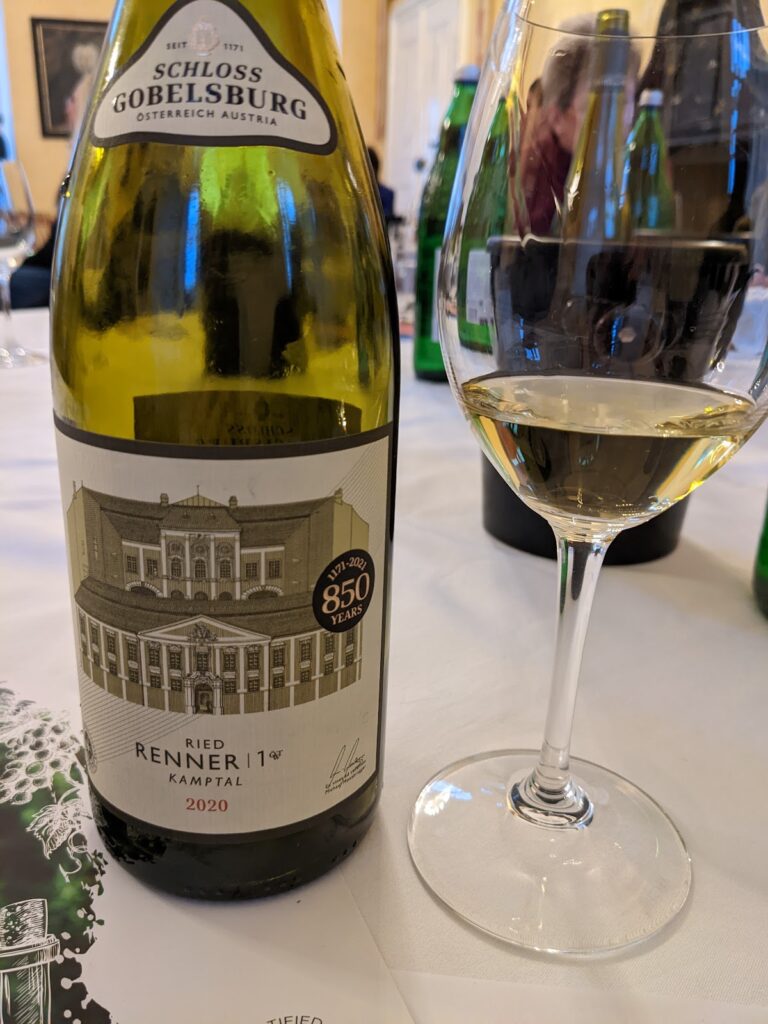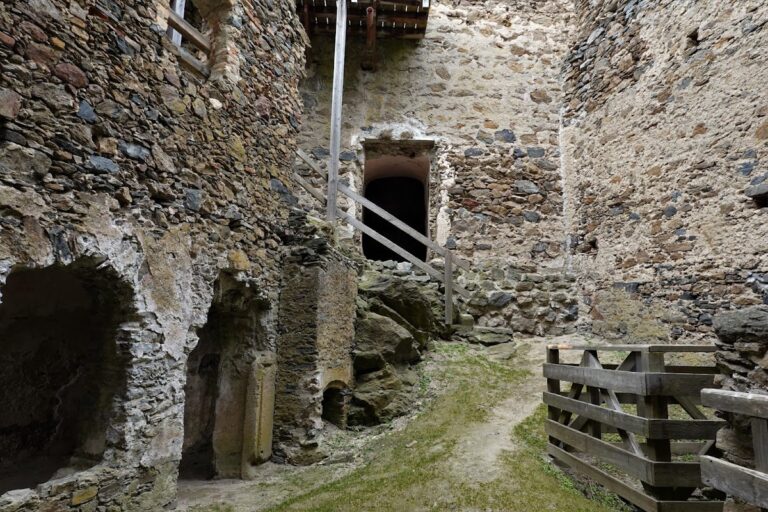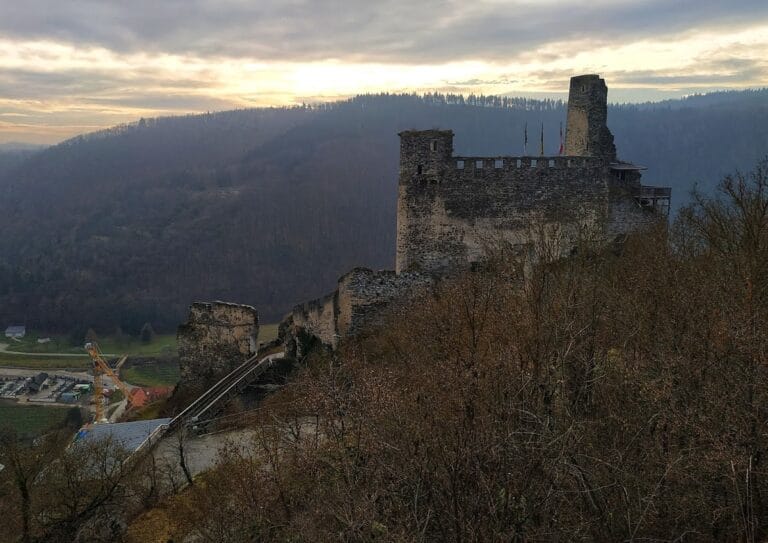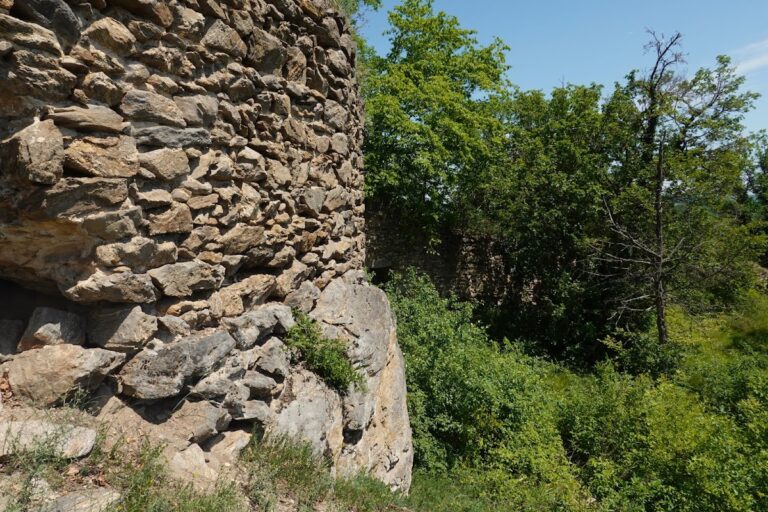Schloss Gobelsburg: A Historic Castle and Winery in Austria
Visitor Information
Google Rating: 4.8
Popularity: Low
Google Maps: View on Google Maps
Official Website: www.gobelsburg.at
Country: Austria
Civilization: Unclassified
Remains: Military
History
Schloss Gobelsburg is situated in the municipality of Langenlois, Austria, and was originally established by the medieval Kuenringer family. The castle’s origins date back to 1074, when Azzo von Gobatsburg, an early ancestor of the Kuenring lineage, erected it as a fortified stronghold. This foundation is the first recorded mention of the estate in legal documents tied to the family.
During the 12th century, the castle’s history became closely intertwined with the religious Zwettl Abbey. Founded in 1138 by Hadmar I. von Kuenring, Azzo’s grandson, the abbey was granted vineyards located in Gobelsburg, reflecting the familial and spiritual connections between the estate and the monastic institution. For over two centuries, the castle remained under Kuenringer ownership until 1314, after which it passed through various regional noble families.
In the 16th century, the structure shifted from its original defensive purpose to become a residential complex. The fortress was transformed into a four-winged building designed in the Renaissance architectural style, embodying the period’s aesthetic values and the changing role of castles from military bastions to stately homes.
The property later entered the Hohenfeld family’s possession when Otto Ferdinand Freiherr von Hohenfeld inherited it in 1693. His son, Otto Achaz Ehrenreich Graf Hohenfeld, commissioned a significant renovation beginning in 1725, which brought about a Baroque-style remodeling carried out by the architect Joseph Munggenast. During this period, the castle, also referred to as “Ehrenreichsburg,” likely functioned as a hunting lodge. This is evidenced by the hunting motifs that appear throughout the interior decorations, including stucco work, ceiling paintings, and tiled stoves.
Financial difficulties led to a turning point in the castle’s ownership when Heinrich, son of Otto Achaz Ehrenreich, entered Zwettl Abbey and sold the heavily indebted estate to the abbey in 1740. By 1746, Schloss Gobelsburg had become an administrative center for the monastic community, cementing its role in ecclesiastical management.
Following the upheavals of World War I, the castle was repurposed as a vocational training home; however, it gradually fell into disrepair. The situation worsened during World War II when French prisoners of war were housed within the estate. Their presence resulted in severe damage to the interior, notably the destruction of floors and furnishings, signaling a period of neglect.
Restoration efforts began in 1958 under the guidance of Father Bertrand Baumann and concluded in 1966. After refurbishment, the castle briefly served as a satellite facility of the Austrian Museum of Folk Art, showcasing a collection of majolica ceramics. Since 1996, the abbey has leased Schloss Gobelsburg and its vineyards for use as a winery, with sections of the building converted into residential apartments, maintaining the estate’s continuing connection to viticulture and habitation.
Remains
Schloss Gobelsburg is characterized by a four-wing architectural layout, which reflects its evolution from a medieval fortress into a Renaissance residence later enhanced with Baroque features. The core structure retains elements of Renaissance design established during the 16th century, while much of the visible exterior and interior detail originates from early 18th-century Baroque renovations executed by Joseph Munggenast.
The castle chapel stands as a notable interior feature, containing artwork by the painter Kremser Schmidt. Decorative details throughout the complex include stucco reliefs, elaborate ceiling paintings, and tiled stoves adorned with motifs related to hunting. These artistic elements underscore the building’s historical use as a hunting lodge, lending insight into the lifestyle and cultural practices of its early 18th-century inhabitants.
Despite significant damage to the interior caused during World War II—such as the loss of floors and original furnishings—the building was carefully restored in the mid-20th century. The renovations focused on preserving the castle’s historical character and structural integrity following its neglect during the war and subsequent disrepair.
Today, Schloss Gobelsburg is recognized as a protected historic monument under heritage conservation laws. Its position within the cadastral community of Gobelsburg situates it amidst historic vineyards that were once part of the estate’s holdings, linking the site’s architectural heritage to the longstanding tradition of local wine production. The castle’s blend of Renaissance form, Baroque artistry, and monastic heritage endows it with layers of cultural significance anchored in its clearly documented past.










